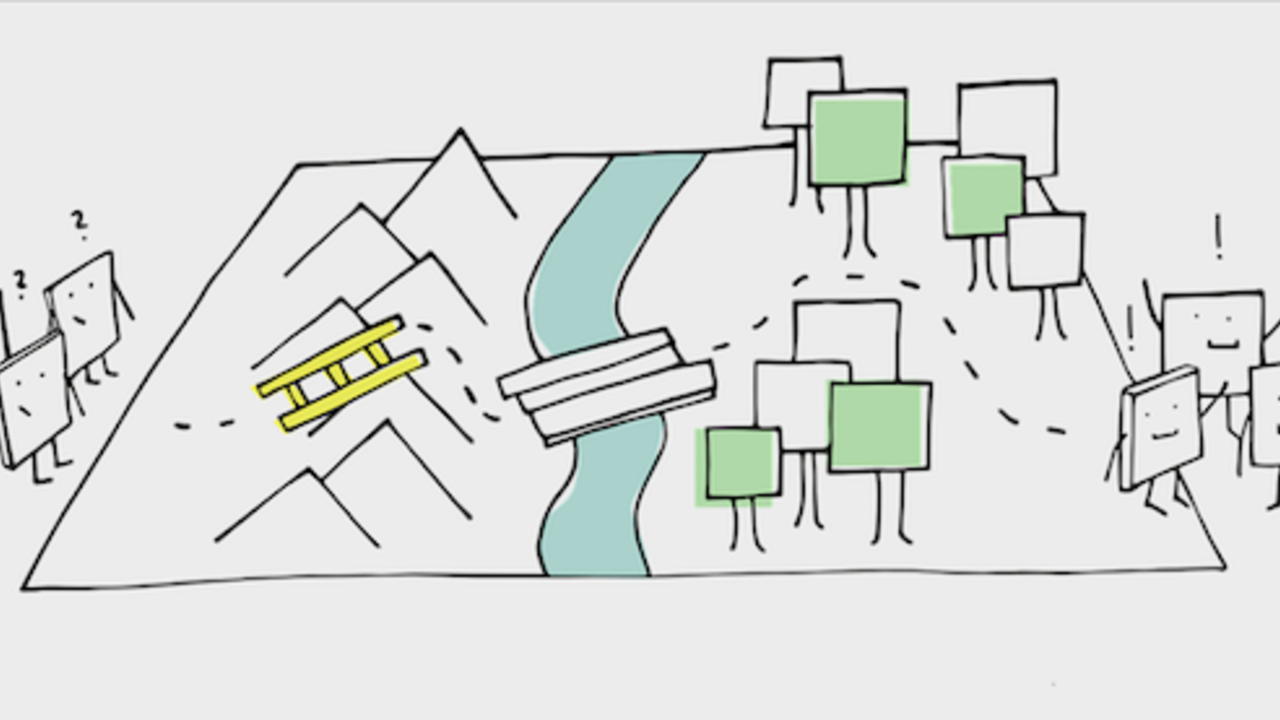Two simple rules for influencing action
Nov 25, 2020

When it comes to changing your own behaviour or someone else’s, two simple rules are:
- Make the existing behaviour unappealing, and/or
Make the new behaviour appealing.
Make the existing behaviour unappealing
To reduce the likelihood an existing behaviour will continue, just add friction. For example:
- Slowing elevator doors by just 16 seconds influenced more people to take the stairs. Signs to save energy and improve health didn’t work, but friction did. (Van Houten, Nau & Merrigan, 1981)
- During the US election Twitter encouraged people to add their own commentary rather than simply retweet someone else’s ideas. If you tried to simply Retweet, a notification would pop up encouraging you to read the article before sending it on. Introducing this friction reduced Retweets by 23% and increased Quote Tweets by 26%.
Make the new behaviour appealing
Aside from making undesirable behaviour more difficult by adding friction, we can reduce friction associated with the behaviour we want people to adopt. For example:
- Hand sanitiser positioned in the middle of a hospital foyer was used 5 times more than when it was off to the side at the information desk. Placing it in the path of visitors made it easier to access and use (Hobbs, Robinson, Neyens and Steed, 2016.)
- Zurich Insurance and Behavioural Insights Team (UK) changed how vacancies were advertised, making part-time or job-share the default rather than exception. Applications by females increased by 16.4% (19.3% for senior roles).
Are these two rules all there is to influencing action? No, but they’re a good place to start.
Make it easy to do the right thing and difficult to do the wrong thing.
You might also find interesting:
- Habits inventory - free tool
- Adding is easy, subtraction is hard (blog)
Image from https://pixabay.com/vectors/pixel-pixel-cells-away-landscape-3699343/

